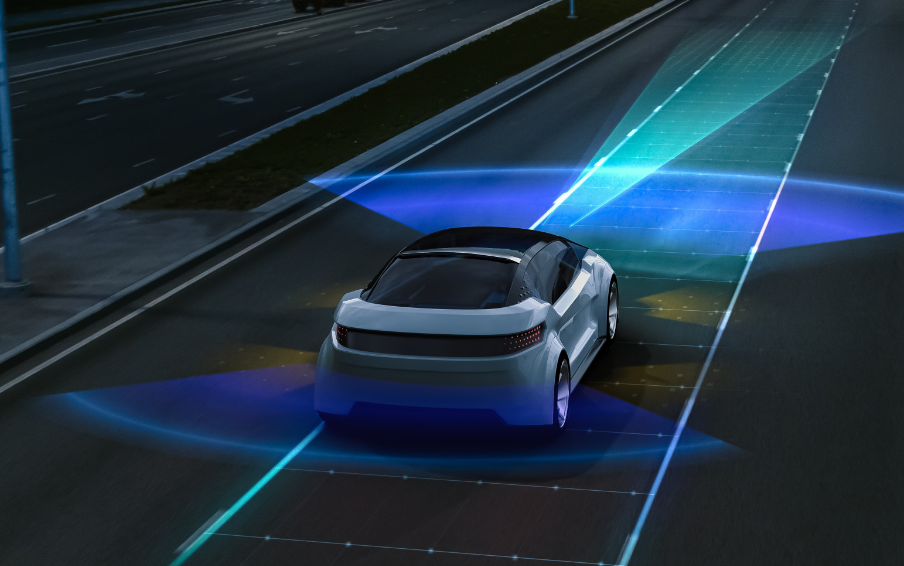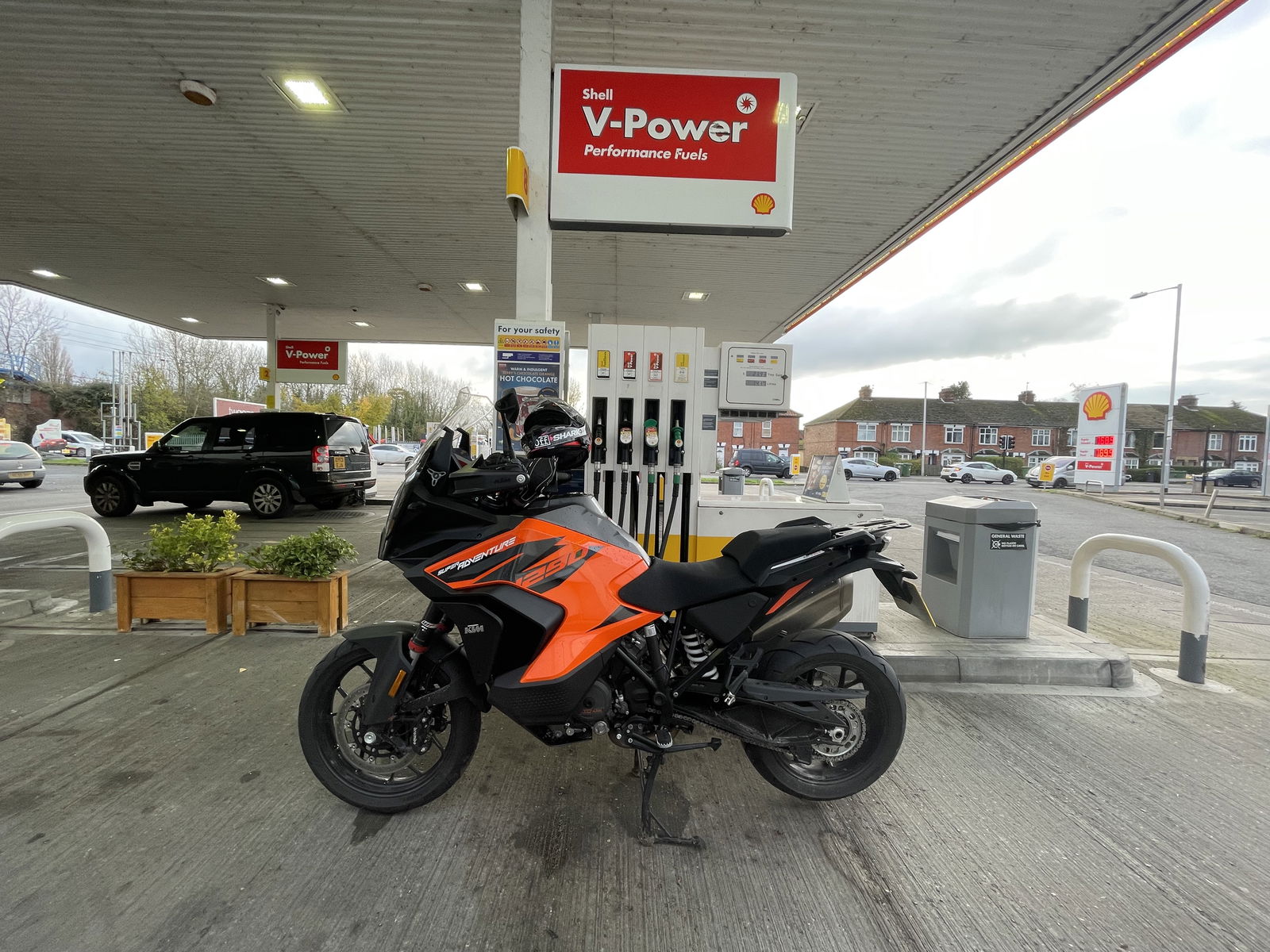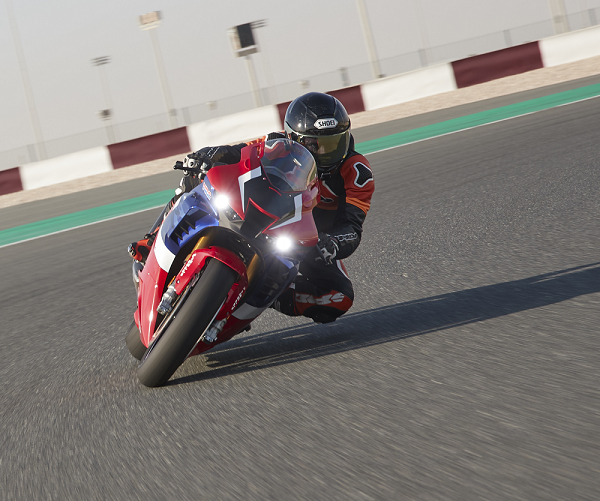Students from MIT have created a 300bhp hydrogen fuel cell motorcycle
Students from MIT have mated an old-school chassis with new-school technology - the result is a 300bhp Hydrogen fuel cell motorcycle.

When most of us think of hydrogen power, our minds might drift toward buses or concept cars of the future. But deep inside the halls of MIT, a group of students is proving that the hydrogen fuel cell has two wheels in its future, too.
The Massachusetts Institute of Technology’s (MIT) Electric Vehicle Team (EVT), is already known for pioneering electric vehicle tech across cars and motorcycles, and has been doing so since 2005. This year, though, it has turned its attention to a new kind of zero-emission power: hydrogen. And rather than heading straight to the racetrack, the team is building something altogether different, a research-focused, hydrogen fuel cell-powered motorcycle.
The new bike isn’t just a technological testbed; it’s a first-of-its-kind, open-source hydrogen motorcycle platform, designed from the ground up for experimentation, modularity, and educational outreach.
Led by graduate student Aditya Mehrotra, the team’s aim is simple: to prove hydrogen’s potential in personal mobility and invite others to improve on their work. “We wanted to start a conversation around small hydrogen systems,” Mehrotra explains. “This bike is about creating demand, showing potential, and helping the infrastructure catch up.”
The project, which began in January 2023, recently passed its first full track test in October last year. It’s a major milestone for a team that’s spent more than a year designing, assembling, and refining the prototype in MIT’s Building N51 — a facility that’s been home to the Electric Vehicle Team for years.
From battery builds to fuel cell futures
MIT’s EVT has traditionally stuck to battery-powered machines, racing them in professional-level competitions and showcasing their ingenuity through high-performance electric tech. But this time, there's no race deadline or competition entry. Instead, the team is focused on showcasing the prototype at events such as the Hydrogen Americas Summit (held last October), and the World Hydrogen Summit in the Netherlands (held earlier this year). They also want to take the machine to the Consumer Electronics Show (CES) in Las Vegas.
Mehrotra, who works under MIT mechanical engineering professor Alex Slocum, came into the project with a background in energy systems and a passion for motorcycles, a combination that naturally led to the idea of a hydrogen-fuelled two-wheeler. “We did an evaluation study and thought this could actually work,” he says.
Unlike electric bikes, which require significant battery capacity and charging time, hydrogen offers rapid refuelling and high energy density, two very appealing traits for motorcycle use. But it also brings with it the challenges of sourcing fuel cells, building safe systems, and working within the tight confines of a motorcycle chassis.
Built to be swapped and studied
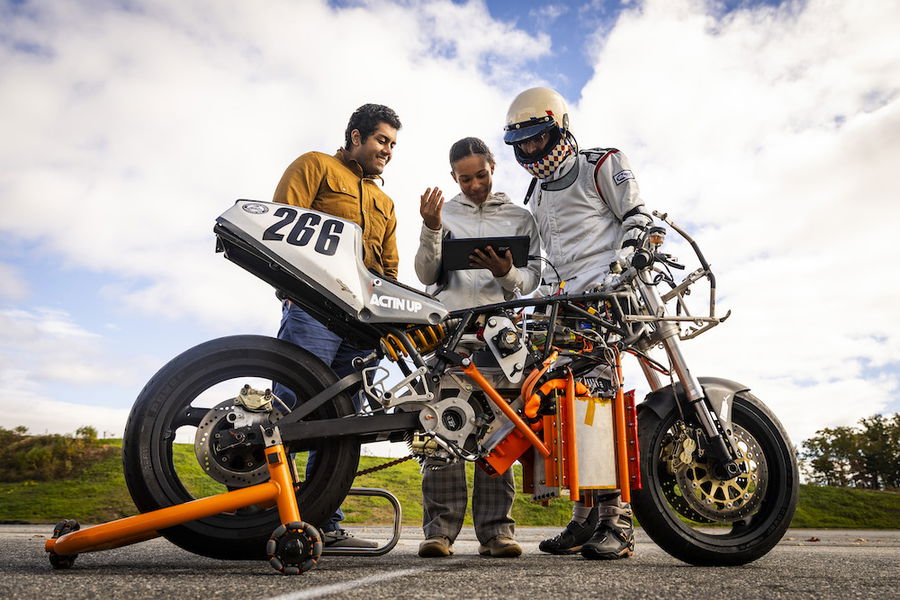
The MIT hydrogen motorcycle isn’t designed for mass production. Instead, it’s built with modularity in mind. That means almost every major component, from the electric motor to the fuel cell stack, can be removed, tested, or replaced. It’s a “plug and play” approach for researchers and students alike.
Elizabeth Brennan, a senior in mechanical engineering and the project’s safety lead, joined the team in early 2023, looking to deepen her knowledge of electrical systems. She’s now responsible for handling the highly pressurised hydrogen safely and ensuring all components, from custom fuel connectors to carbon-fibre tanks, meet stringent standards.
The team originally used an off-the-shelf electric motor to get the bike moving, but they’re now working on a custom-built unit designed specifically for the demands of hydrogen-electric drive. Brennan says this shift allows for greater flexibility and optimisation in future testing.
Documentation and transparency
One of the team’s most significant contributions might not even be the bike itself, but the paperwork that goes with it. A complete, open-source guidebook is being developed alongside the prototype. It details every part of the design and build process, aimed at helping other engineers, students, and potentially hobbyists, to replicate or expand upon the work.
As Brennan points out, “a lot of hydrogen development either happens in simulation or in highly controlled environments, because it’s expensive and hard to test.” By offering a documented and tested prototype, the team hopes to break down barriers to entry for hydrogen experimentation.
Fuel cell at the core
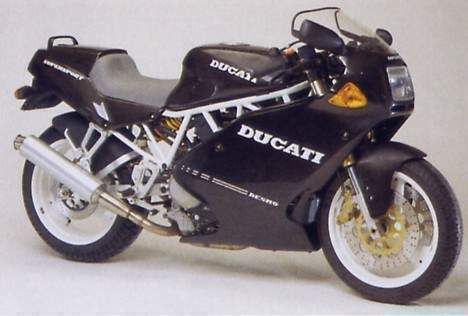
At the heart of the motorcycle lies a fuel cell provided by Doosan, a South Korean company better known for making compact hydrogen power units for drones. While not exactly cheap (Mehrotra admits the cost is still a major hurdle for commercialisation), it’s light, compact, and more than up to the task of powering a two-wheeler.
Power from the fuel cell is routed to an electric drivetrain housed within the chassis of a 1990s Ducati frame, which has been modified to accept the additional components. Fitting the hydrogen tank, fuel cell, and associated electronics into such a tight package hasn’t been easy. “Mounting everything and avoiding conflicts in such a small space has been one of our biggest challenges,” explains sophomore team member Annika Marschner.
Not just a bike - a platform for the future
Marschner describes the project as ongoing, with future iterations planned as the team refines the design. “As we develop it and make changes, it will just continue to grow over the years, hopefully,” she says.
She sees a bright future for hydrogen-powered transport, particularly in light of the environmental cost of lithium extraction and the logistical limits of EV battery tech. “Hydrogen energy still feels like a concept to a lot of people,” she notes. “But Toyota and Hyundai are already putting fuel-cell vehicles on the road, and there’s infrastructure being built — just not everywhere yet.”
That infrastructure problem is central to hydrogen’s uphill battle, especially in North America. While California and a few European countries have made inroads, widespread access to hydrogen fuel is still a long way off for most consumers. But projects like this one can help change that by proving real-world viability.
What's next?
The MIT team has no illusions about commercial rollout just yet. Hydrogen motorcycles remain a niche within a niche, with cost and infrastructure standing in the way. But as a platform for research and education, their prototype could help catalyse innovation far beyond the university.
“There have been a few prototype hydrogen motorcycles before, [and one working example in the form of a scooter from Suzuki - ed] but they’ve been expensive, inefficient, and closed-off,” Mehrotra says. “To our knowledge, this is the first fully open-source, rigorously documented and tested hydrogen motorcycle platform in the world.”
It’s a bold statement — but one backed up by a bike that runs, charges quickly, and might just pave the way for a new category of clean, two-wheeled transport.
Find the latest motorcycle news on Visordown.com
